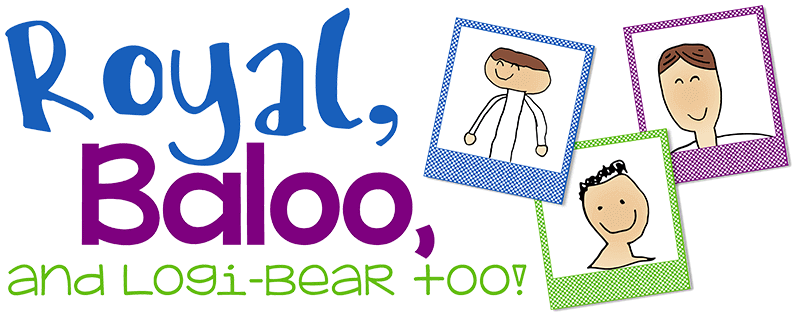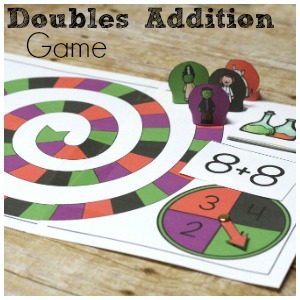Simple Ways to Teach Kids About Anxiety (even if they aren’t anxious)
Have you ever had the experience where you know you’re different but you’re not sure exactly how or why?
Maybe as a kid you thought you were an alien adopted by an earth family?
Or you just knew something wasn’t quite right?
As adults, we have enough knowledge to know when something isn’t right. We can tell that something isn’t normal. And then we can investigate, google, see a doctor, etc.
Kids often don’t have that knowledge. Or something they have endured the problem so long that they assume it’s normal. Sometimes kids develop incredible coping skills to deal with what they assume is normal. But I don’t want my kids to just cope with something if they can get help.
I grew up with anxiety. Some of my earliest memories are about dealing with anxiety. But way back then, they didn’t really diagnose kids with anxiety. We were called shy or socially immature. And I had been dealing with it so long that I didn’t know any different.
I don’t want my kids to go through life with anxiety and not even realize it can be different. But if they don’t know that’s not normal, they won’t know to say anything. I didn’t say anything until I was 12 and by then had been suffering silently for over 7 years. Sometimes I think of how different it could be if there had been resources and information for kids.
Whether you think your child has anxiety or not, mindfulness is one great way to combat anxiety. Here are some simple ways to teach mindfulness to kids.

So I decided I would make sure my kids were informed. They may not have anxiety, or at least not anxiety disorders. But they have two parents with anxiety disorders so their chances of dealing with anxiety in life are higher than many.
How to Start the Conversation About Kids Anxiety
This is always the hardest part, in my opinion. Getting the words flowing and a good conversation going is not always going to be easy.
So we start with books. I don’t have a long list of great books to introduce anxiety. In fact, I’ve found only two books that talk about mainly about anxiety and not how to fix it. There are many options for kids who already know they are anxious.


All Birds Have Anxiety by Kathy Hoopmann
This book goes into worries, fears, and anxiety and the many differences between them. I think it’s important to cover that worries are normal. Even a little bit of anxiety can be normal. It’s figuring out when it isn’t normal that is tricky.
Please Explain Anxiety to Me by Laurie E Zelinger and Jordan Zelinger
Instead of birds, this book uses dinosaurs (Yes, dinosaurs! Perfect for a dinosaur lover). And again, it covers the differences between worries and anxiety. I mean, dinosaurs legitimately had worries about being eaten and such.
Depending on the child, I’ll have them read the books by themselves or with me. You just have to know your kid.
When we’re done with the books I may ask if they have any questions. Otherwise, we leave the topic alone and continue with the next step a few days later. I like to cover these topics in multiple sessions. Otherwise they either get bored or nervous.

How to Continue the Conversation About Kids Anxiety
For part two, I try to choose a time when they are otherwise occupied, such as while drawing/painting, playing with play dough, or some quiet activity. I’ve found that big conversations are easier when they have something else to do.
Open it up with a question. You can relate back to the books or start fresh. Here are a few ideas to get start:
- What kinds of worries do you have?
- What did you think of those birds?
- How do you handle worries when you have them?
- What do you think the dinosaurs could have done with their worries?
Try to avoid yes or no questions (they don’t often lead to great conversations!).
Next step is to listen. Listen to their answers. Unfortunately, from this point it’s harder to give a checklist of what to do. Your responses should be totally dependent on your child’s answers. But ultimately, make sure you are listening.
You likely already know if your child has anxiety or not. If not, this is kind of where it ends for now. You just need to give them the tools to recognize when something isn’t just right. Foster a positive relationship, and hopefully they will come to you when they have a problem.
If you suspect your child does have anxiety issues, there are many steps to take from here.
- See a counselor. I know there is a strong mental health stigma, but ignoring the problem doesn’t make that go away. There are many amazing counselors that can make an incredible difference for your child.
- Learn about calming techniques. Yes, there are definitely ways to reduce anxiety with technique. Anxiety can be a manageable issue. This free 10 day series on calming techniques is a great place to get started.
- Read about Anxiety. I don’t have a book suggestion for you here (check your local library for great resources!). Reading about and understanding anxiety can make a huge difference. If you’ve never experienced anxiety it will be harder to develop that empathy. But books will help.







